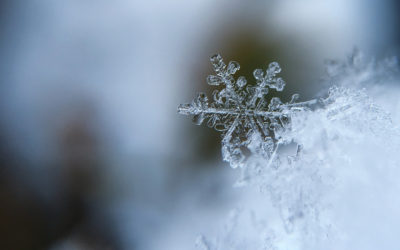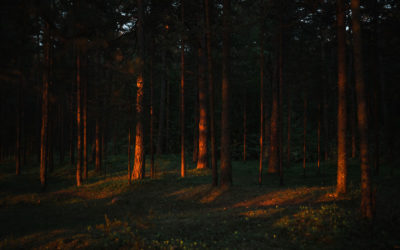Cait named one of them Charlemagne, though really they are all named Charlemagne. Ask me on a different day and I’ll tell you that’s only what we call the Albino one. The other two have yet to be named, because I cannot tell them apart.
Joan Didion wrote about the peacocks in Blue Nights, briefly. Her daughter Quintana was married in the summer of 2003 at a cathedral on 110th Street and Amsterdam called St. John the Divine. This is where the peacocks live.
Today would be her wedding anniversary.
Seven years ago today we took the leis from the florist’s boxes and shook the water in which they were packed onto the grass outside the Cathedral of St. John the Divine on Amsterdam Avenue. The white peacock spread his fan. The organ sounded. She wove white stephanotis into the thick braid that hung down her back. She dropped a tulle veil over her head and the stephanotis loosened and fell. The plumeria blossom tattooed just below her shoulder showed through the tulle. “Let’s do it,” she whispered. The little girls in leis and pale dresses skipped down the aisle and walked behind her up to the high altar. After all the words had been said the little girls followed her out the front doors of the cathedral and around the peacocks (the two iridescent blue-and-green peacocks, the one white peacock) to the Cathedral house. There were cucumber and watercress sandwiches, a peach-colored cake from Payard, pink champagne.
Her choices, all.
Sentimental choices, things she remembered.
I remembered them too.
I think about this passage sometimes when I visit them. I do not know how long the peacocks have been here, or where they came from. I do not know how long peacocks live. I imagine that the three I visit nearly every day—two iridescent blue-and-green, one white—must be the same as those that haunt the synaptic highways of Joan Didion’s memory, but I do not know. It is possible they are a new generation. Perhaps they have been here 50 years.
It would be easy to find the answers, but I don’t want them. I enjoy the mystery, the mystical quality of unknowing. So I leave it. The peacocks have always been here. The peacocks will always be here. The peacocks do not understand time.
On the grounds of the cathedral, where the birds preen and parade, there are several gardens, most unknown to those who walk by for they are set back from the street, pocketed behind shrubs and flowering vines. There is a day school for kindergarteners and elementary-schoolers. In the warm months, the church erects a misting station on the back end of the driveway—you stand underneath its trellis and wait for your hair to run wet.
Like Joan Didion, perhaps, the cathedral and the gardens and the peacocks remind me of other times. They bring those memories into the present, make them palpable, breathy, breezy. They smell of stephanotis. They move like my mother.
I go to the peacocks every day because I miss her, because I seek places in this city that make her seem close. There is no altar for her here, no gravesite, no headstone. She wanted to be buried with her mother, grandmother, brother. And so that’s where we took her, laid her to rest and prayed for some peace. I think about her on those lonely hills that drift down to the Potomac. I think about the earth above her body and I want to sink to it, clutch the grass between my fingers and press my cheek to the soil. I want to lay down and know that she is near, that the body I sprang from is still somehow here, that it has not vanished. They are dark thoughts.
As much as I want to walk those lonely hills and lay upon the dirt and smell the grass and remember what it was when she held me, I am anchored here. I desperately want to go and desperately do not. I think about going and my heels drive in deeper.
But the peacocks, the gardens, the spires of the church, the tiny ones pattering across the grounds—this is a place where all things remind me of her, but most importantly, they remind me of her life, of what she loved and what she taught me to love. They remind me not of her absence, but the indelibility of her presence.
And so most days I walk the five or so blocks from my office to the peacocks. I make the pilgrimage. I say hello. I talk to them in funny voices. I look for Charlemagne. I check to see which flowers are blooming, try to remember their names.
In the spring I watch as the peacocks grow their eyeleted plumes, and then I wait for the first warm days, when they spread their fans and pivot, slowly so as not to tip. When they molt some months later, I realize that without their tail feathers they look like fancy turkeys, and I wonder how our relationship with turkeys would be different if they grew feathers like a peacock.
Soon the days will start to chill, and we will all welcome it after this long, swampy summer. I will watch the peacocks as they pull back and work on that which separates them from the turkeys. The flowers will freeze and the spires will ice over and the kids will tuck inside. And I will make the pilgrimage.






0 Comments